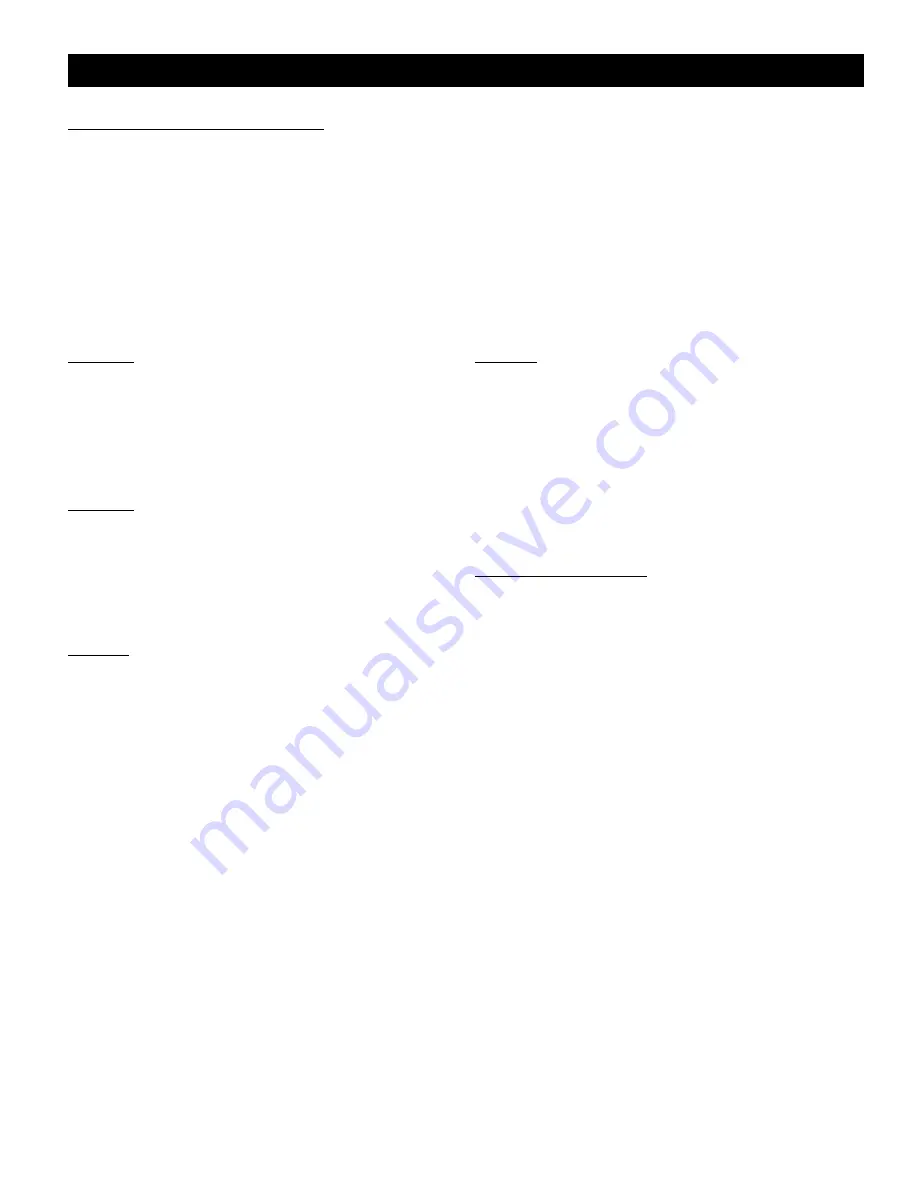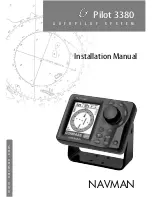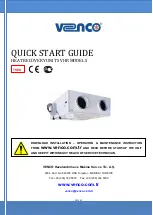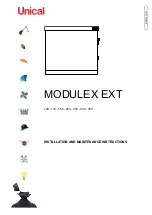
Your Reverse Osmosis System:
Osmosis is the process of water passing through a semi
permeable membrane in order to balance the concen-
tration of contaminants on each side of the membrane.
A semi permeable membrane is a barrier that will pass
some particles like clean drinking water, but not other
particles like arsenic and lead.
Reverse osmosis uses a semi permeable membrane;
however, by applying pressure across the membrane, it
concentrates contaminants (like a strainer) on one side of
the membrane, producing crystal clear water on the other.
This is why RO systems produce both clean drinking wa-
ter and waste water that is flushed from the system. This
reverse osmosis system also utilizes carbon block filtra-
tion technology, and can therefore provide a higher quality
drinking water than carbon filtration systems alone.
Your system is a four stage RO which is based upon sep-
arate treatment segments within the one complete water
filtration system. These stages are as follows:
Introduction and General Safety
Stage 1
Sediment filter, recommended change 6
months.
The first stage of your RO system is a five micron
sediment filter that traps sediment and other par-
ticulate matter like dirt, silt and rust which affect
the taste and appearance of your water.
Stage 2
Carbon filter, recommended change 6 months
The second stage contains a 0.5 micron carbon
block filter. With 20,000 Gallons capacity to
ensure that chlorine, chloramines and other ma-
terials that cause bad taste and odor are greatly
reduced. This filter also reduces Cyst
Stage 3
Membrane, recommended change 2-3 years.
Stage three is the heart of the reverse osmosis
system, the RO membrane. This 75 Gallon per
day semi permeable membrane will effective-
ly take out TDS & Sodium and a wide range of
contaminants such as Percholate, Chromium,
Arsenic, Copper, Lead as well as Cysts, such as
Giardia and Cryptosporidium. Because the pro-
cess of extracting this high quality drinking water
takes time, your RO water treatment system is
equipped with a storage tank.
Stage 4
Carbon in-line filter, recommended change 6 -
12 months.
The final stage is an in-line granular activated car-
bon (GAC) filter. This filter is used after the water
storage
tank, and is used as a final pol-
ishing filter.
Note: Filter & Membrane life may vary based upon local
water conditions and/or use patterns.
System Maintenance
Just because you can not taste it, does not mean that it
is not there. Contaminants such as Lead, Chromium and
Arsenic are undetectable to the taste. Additionally, over
time if you do not replace the filter elements, other bad
tastes and odors will be apparent in your drinking water.
It is important to change out your filters at the recom-
mended intervals as indicated in this system manual.
When replacing the filter elements, pay special attention
to any cleaning instructions.
Summary of Contents for FMRO4G-ERP-75
Page 19: ......




































